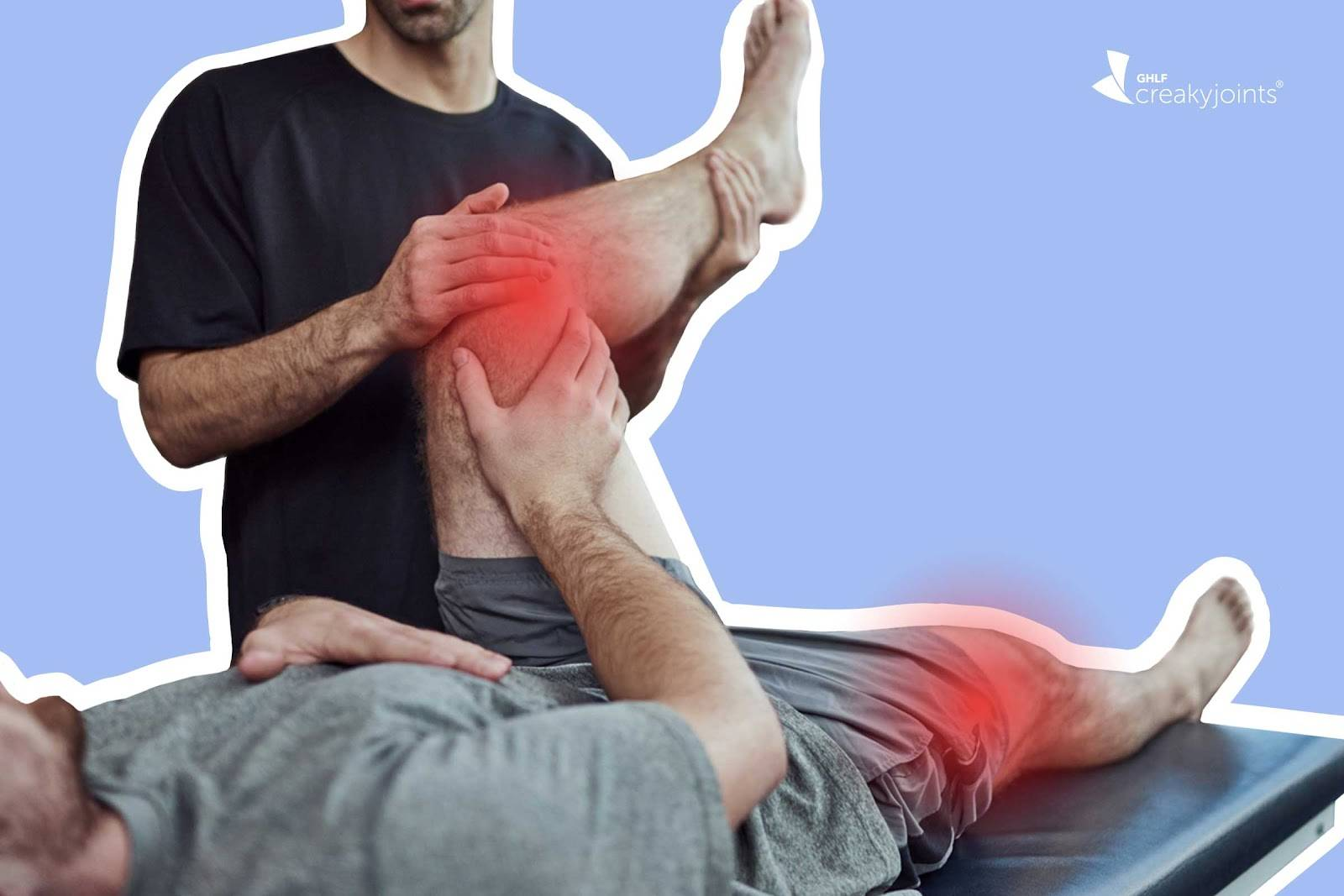Manual therapy is an umbrella term for various hands-on treatment techniques. This may include joint mobilization, soft tissue manipulation and massage. These techniques have a three-fold impact: they improve and remodel tissues, reduce pain and stiffness, and promote movement. These effects are determined by biomechanical, neurophysiological, and psychological influences.
What is Manual Therapy?
Manual therapy is a type of physical therapy that utilizes the body’s own tissues to reduce pain, increase flexibility and promote movement. This technique is usually provided by certified physical therapists, massage therapists or chiropractors.
Manual therapy is a type of physical therapy in which the physical therapist applies pressure to muscle tissue and joints with their hands, helping to reduce pain, enhance mobility and minimize swelling. Pressure can help break up scar tissue, improve circulation, move fluid around the body and strengthen muscles.
Physical therapists utilize manual techniques in addition to exercise as part of an overall plan for recovery. After performing a thorough evaluation, they will determine which techniques will be most beneficial for you.
According to your individual needs, manual therapy may be an effective means of reaching your long-term objectives. It can serve as a beneficial addition to traditional treatments for back pain and other conditions.
How Does Manual Therapy Work?
Manual therapy is a type of physical treatment that helps reduce pain, increase mobility, reduce swelling and inflammation, promote flexibility and help you reach other objectives. It’s used by physical therapists, massage therapists, chiropractors and osteopaths to address musculoskeletal issues.
Manual therapy is a combination of soft tissue work and joint mobilization/manipulations to promote healing and improved function in the body. These methods may also be combined with other therapies like education or movement to further accelerate this process.
Manual therapy when utilized correctly can provide pain relief, increase mobility and strength, speed up recovery time*, and allow you to return to daily activities. It is essential to remember that manual therapy cannot cure or eliminate all conditions or injuries; it simply helps alleviate them.
Manual therapy techniques come in a range of types, each offering its own advantages. When selecting a therapist, make sure they use multiple manual therapies and techniques for maximum benefit.
Does Manual Therapy Help with Pain?
Manual therapy is a physical treatment that utilizes the hands of experienced clinicians to manipulate soft tissue, joints and nerves. Therapists employ these techniques to reduce pain and increase mobility for their patients.
Your therapist will first conduct an assessment to determine whether or not manual therapy is suitable for you. This involves a comprehensive review of your condition, including any injuries or surgeries that have occurred.
Once your therapist determines you are a suitable candidate for manual therapy, they will collaborate with you to design a treatment regimen that will reduce pain and restore mobility. They use various hands-on techniques like kneading, rubbing and stripping to reduce discomfort, break up scar tissue and enhance interstitial fluid dynamics.
Manual therapy is a centuries-old practice that targets biomechanical, neurophysiological and psychological factors to improve patient pain management outcomes. It can be used for various conditions to reduce discomfort, increase mobility and enhance quality of life.
Does Manual Therapy Help with Injury Recovery?
If you’re dealing with a recent injury, chronic pain, or post-surgical issues, manual therapy can be an invaluable healing aid. Not only does it reduce pain but it also increases mobility, reduces swelling and builds strength at the site of injury.
Physical therapists employ manual therapy techniques as part of a comprehensive treatment plan that also includes exercise and education to promote healing and improved function. During your first appointment, they’ll conduct an extensive evaluation of your condition to make sure manual therapy is suitable for you.
Physical therapists use techniques that take biomechanical, neurophysiological and psychological aspects into account to enhance mobility. For instance, joint mobilization focuses on articular structures to increase range of motion for certain musculoskeletal conditions.
Soft tissue mobilization breaks up scar tissue and relieves muscle tension, allowing your skin and muscles to move more fluidly. The therapist will apply deep pressure along with rhythmic stretching on various layers of your skin and muscles for maximum effect.
If you’re interested in learning more about manual therapy and how it can help you, consider scheduling an appointment with a qualified therapist at PT 360° Sports Medicine & Spine Therapy. For specialized care, you can also explore their pediatric physical therapy and manual therapy services. To get in touch with the team, visit their contact page for more information.


